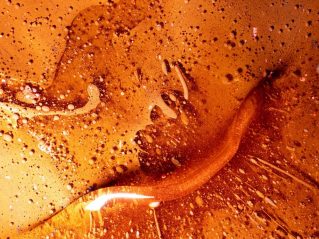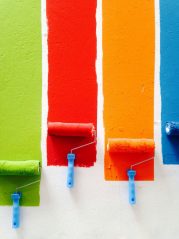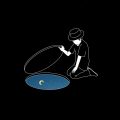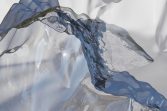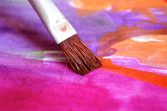Fashion Illustration: A Detailed Exploration
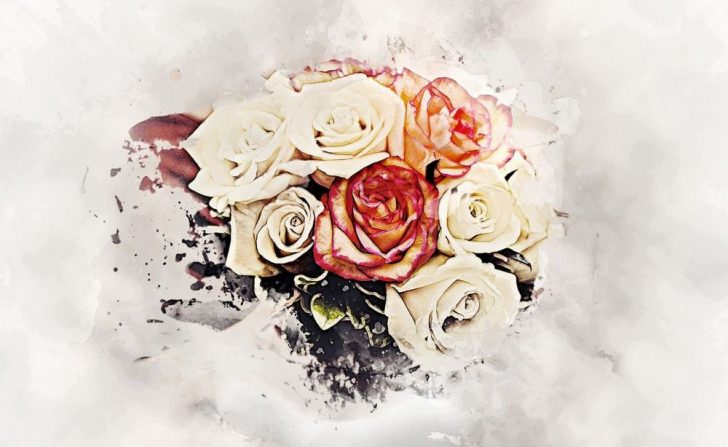
Introduction:
Fashion illustration is a form of art that has been an integral part of the fashion industry for centuries. It serves as a visual manifestation of fashion ideas and designs, showcasing the creativity and talent of artists. In this article, we will provide an in-depth overview of fashion illustration, discussing its various types, its popularity, and its unique characteristics.
I. An In-depth Understanding of Fashion Illustration:
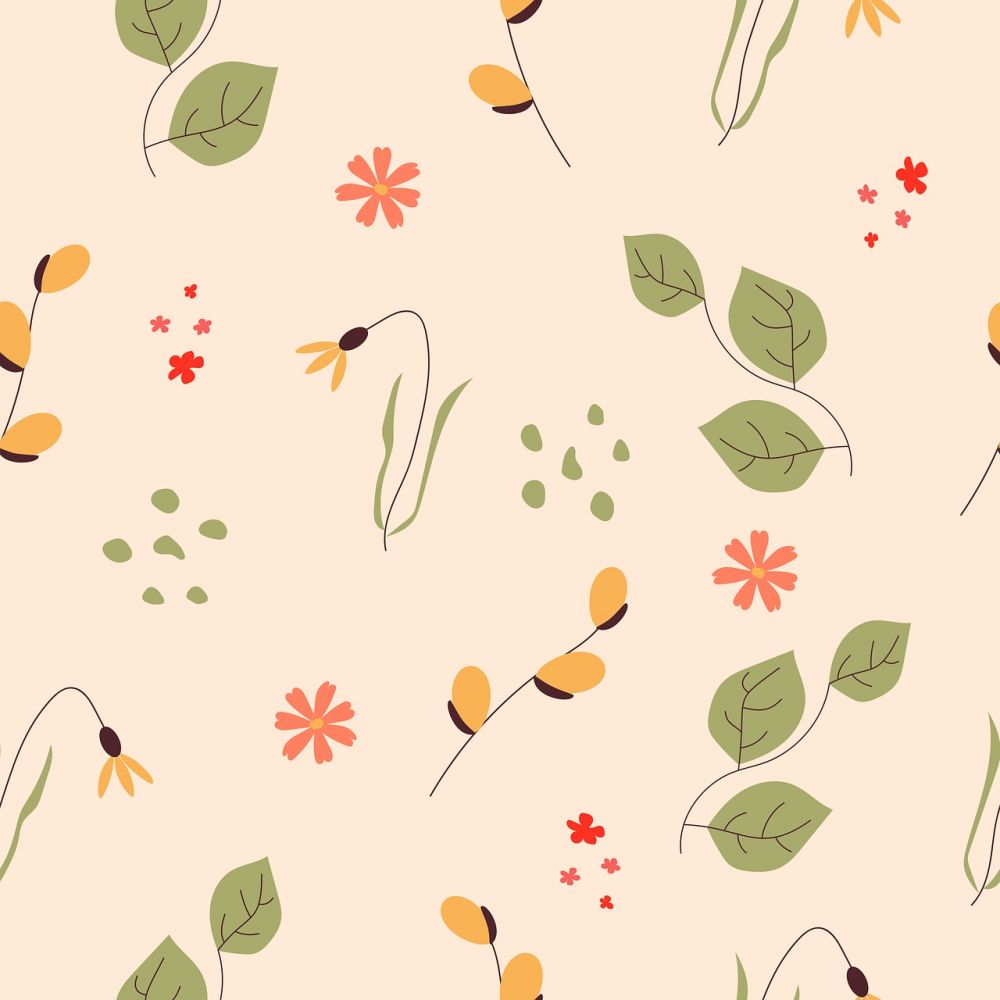
Fashion illustration is the art of visually representing clothing and accessories in a creative and aesthetically pleasing manner. It involves the use of various techniques such as drawing, painting, and digital rendering to bring fashion ideas to life. These illustrations serve multiple purposes, including showcasing new fashion trends, advertising fashion brands, and providing inspiration to designers.
II. Types of Fashion Illustration:
1. Traditional Fashion Illustration:
Traditional fashion illustration refers to the classic hand-drawn or painted illustrations that have been a staple in the fashion industry for decades. These illustrations often incorporate watercolors, ink, or markers to create detailed and realistic representations of clothing designs. Artists use various techniques, such as shading and highlighting, to create depth and dimension in their illustrations.
2. Digital Fashion Illustration:
With advancements in technology, digital fashion illustration has gained popularity in recent years. This type of illustration involves using software or tablet devices to create fashion illustrations. Digital tools provide artists with more flexibility and precision, allowing them to experiment with different styles, colors, and textures. Additionally, digital illustrations can be easily edited and shared, making them more convenient for designers and brands.
III. Quantitative Measurements in Fashion Illustration:
While fashion illustration is primarily a form of artistic expression, there are quantitative measurements that can be associated with it. Some key metrics used to evaluate the success of fashion illustrations include:
1. Engagement on Social Media Platforms:
In today’s digital age, fashion illustrators often share their work on social media platforms. The number of likes, comments, and shares provide insights into the popularity and impact of their illustrations.
2. Sales and Revenue:
Fashion illustrations are not only meant to inspire and entertain but also to drive sales. Fashion brands often collaborate with illustrators to create visuals that resonate with their target audience, ultimately driving sales and revenue.
IV. Discussion on the Variations in Fashion Illustration:
Fashion illustration varies greatly based on the style, technique, and purpose behind the artwork. Some notable variations include:
1. Editorial Illustration:
Editorial fashion illustration is commonly found in magazines and fashion editorials. It focuses on capturing the essence of a specific fashion trend or concept and often portrays a narrative or story.
2. Street Style Illustration:
Street style fashion illustration involves capturing the unique and individual styles of people on the streets. These illustrations often highlight current fashion trends and provide inspiration to fashion enthusiasts.
3. Couture Illustration:
Couture fashion illustration showcases high-end fashion designs and luxurious garments. These illustrations often emphasize intricate details, textures, and opulence, reflecting the exclusivity of couture fashion.
V. Historical Overview of the Pros and Cons of Different Fashion Illustration Techniques:
Throughout history, fashion illustration has evolved, and different techniques have emerged. Here are some of the advantages and disadvantages associated with traditional and digital fashion illustration:
1. Traditional Fashion Illustration:
Advantages:
– Authentic and timeless appeal.
– Ability to create unique textures and details with traditional media.
– Emotional connection to the artist’s handwork.
Disadvantages:
– Limited editing capabilities.
– Time-consuming process.
– Difficult to share and distribute.
2. Digital Fashion Illustration:
Advantages:
– Greater flexibility and precision.
– Easy editing and sharing options.
– Accessible to a wider audience through online platforms.
Disadvantages:
– Lack of traditional media’s tactile quality.
– Learning curve associated with digital tools.
– Potential loss of artistic uniqueness due to pre-set digital features.
Conclusion:
Fashion illustration is an integral part of the fashion industry, providing a visually captivating representation of clothing designs. With traditional and digital techniques, artists bring creativity to life, inspiring fashion lovers and driving sales for brands. As fashion continues to evolve, so too will the art of fashion illustration, shaping the industry’s visual language.
[INSERT VIDEO HERE: Explore the process of creating a fashion illustration from start to finish, highlighting the artist’s techniques and style.]
FAQ
How has technology influenced fashion illustration?
What are the different types of fashion illustration?
What is fashion illustration?
Fler nyheter
Bröllopsfotograf i Linköping till bra pris: En nyckelspelare för oförglömliga minnen
Introduction: Fashion illustration is a form of art that has been an integral part of the fashion industry for centuries. It serves as a visual manifestation of fashion ideas and designs, showcasing the creativity and talent of artists. In this artic...
05 maj 2025
Linoljefärg: En Hållbar och Tidlös Målningstradition
Introduction: Fashion illustration is a form of art that has been an integral part of the fashion industry for centuries. It serves as a visual manifestation of fashion ideas and designs, showcasing the creativity and talent of artists. In this artic...
10 september 2024
Fotograf i Stockholm Fånga Minnen i Huvudstaden
Introduction: Fashion illustration is a form of art that has been an integral part of the fashion industry for centuries. It serves as a visual manifestation of fashion ideas and designs, showcasing the creativity and talent of artists. In this artic...
09 september 2024
Farrow and Ball: Utforska elegansen i varumärkets färger
Introduction: Fashion illustration is a form of art that has been an integral part of the fashion industry for centuries. It serves as a visual manifestation of fashion ideas and designs, showcasing the creativity and talent of artists. In this artic...
23 januari 2024

